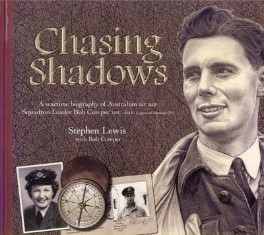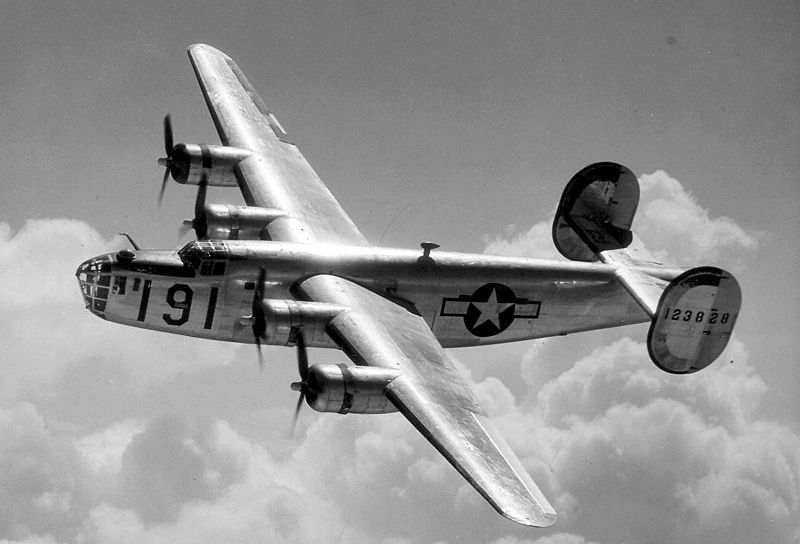|
|
||
|
||
|
Privacy Policy | Editorial Policy | Profit Policy | Join the Association | List of Members | Contact us | Index | Links |
||
|
Back Go to page: 1 2 3 4 5 6 7 8 9 10 11 12 13 14 15 16 17 18 19 20 Forward
|
||
|
|
||
|
In Memory of:
|
||
|
|
||
|
Bob Meyer.
Sadly we have to inform that Bob Meyer, ex Instrument Fitter, passed away on Saturday 3rd September. Bob spent most of his time in the RAAF working on Caribous first with 38 Sqn at Richmond and then 35 Sqn in Vung Tau (June 1969 - March 1970). After he left the RAAF, he started work with Comalco in Bell Bay (northern Tasmania) and stayed with them until retirement when he moved to Huonville, south west of Hobart and built himself a house "up on the hill".
Bob was found by a friend of his, laying on the floor of his house, where he had been for about 35 hours after suffering what was thought to be a stroke. He was rushed to hospital, and although conscious at the time, died shortly afterwards.
Bob's funeral (he was known as Robbie when he lived in Tassie) was held at the Cornelian Bay Cemetery in Hobart on the 9th September.
Bob was a helluva good bloke, I shared a room (and a few other things) with him at Richmond for a number of years back in the 1960's, then followed him to Vietnam - we were good mates and like everyone else who knew him, I'll miss him.
A wonderful eulogy was delivered by the Celebrant, Fiona Jarvis and she and Bob's family have made it available for you to read, you can read and/or download it HERE.
He was only 69.
Bill Brown.
Ray “RG” Thompson advises “I have just been advised that Bill Brown ex RAAF Dental Mechanic passed away on Friday 17th May 2016. I first met Bill in Ballarat in 1955 and then served with him in Butterworth 1958-1960 and Darwin 1962-1965. He did another tour to Butterworth in later years.”
Doug Rigby-Meth.
Stix Chambers advises, “I noticed in Wednesday’s (13 July) Cairns Post funeral notices, the passing of Doug Rigby aka Doug Rigby-Meth late of Cairns. Doug was a 10 Radio Appy and had been in poor health for a number of years. He was 75 years old.
Best regards on a fine mag. Stix Chambers - 14 course”.
Squadron Leader Bob Cowper. Australian fighter ‘ace’.
Bob Cowper, born June 24 1922, died June 21 2016 Squadron Leader Bob Cowper, who has died aged 93, is thought to have been the last surviving Australian fighter “ace” of the Second World War; flying night fighters, he was credited with destroying at least six enemy aircraft.
During the air operations to support the Allied landings in Normandy in June 1944, Cowper and his colleagues of No 456 Squadron RAAF, mounted standing patrols over the beachhead and in a few days accounted for 35 enemy aircraft. On the night of June 9/10 Cowper and his navigator, Flying Officer William Watson, were on patrol near Cherbourg when they attacked a Heinkel 177 bomber and damaged it so severely it was forced to crash land. Later in the sortie, they intercepted a Dornier Do 217 bomber and destroyed it near Beaumont.
A few days later Watson picked up a contact on his radar and homed their
Mosquito on to a Junkers 88 bomber. He opened fire and hit the port
engine, which soon caught fire, forcing the crew to bale out. The
Cowper/Watson team achieved their fourth success on the night of July
4/5. They identified a Heinkel 177
attacking enemy shipping south of
Later in July the squadron was tasked to attack incoming V-1 flying bombs launched from the Pas de Calais region and claimed the destruction of 24 of them. Cowper claimed one but it was later credited to an anti-aircraft battery. In February 1945 he was awarded a Bar to an earlier DFC and Watson was awarded the DFC.
Robert Barson Cowper was born on June 24 1922 at Broken Hill, NSW, before his family moved to South Australia. He attended Queen’s College in Adelaide before working as an engineering draughtsman. In 1940, on his 18th birthday, he joined the RAAF. He completed his training in Canada and arrived in Scotland in September 1941. He trained as a night fighter pilot and in November joined No 153 Squadron in Northern Ireland. The squadron was replacing its old Defiant aircraft with the powerful Beaufighter when he teamed up with Watson.
After almost a year flying patrols over the Irish Sea, Cowper and Watson were posted to the Middle East. They ferried a new Beaufighter to Gibraltar but on the onward flight to Malta became lost. Running out of fuel Cowper crash landed behind enemy lines in the desert at night. Arab nomads sheltered them until they were picked up by a British armoured patrol. Their adventures entitled them to join the “Late Arrival’s Club”.
They joined No 89 Squadron based in Malta and flew interdiction raids over northern Sicily and attacked trains with bombs. In March 1943, they transferred to No 108 Squadron and a month later had their first combat in the region. They were engaged in a long duel with a German night fighter off the west coast of Sicily. Cowper’s fire damaged the Messerschmitt 210 and it disappeared into cloud. The invasion of Sicily, Operation Husky, was mounted on the night of July 9/10 and two nights later the crew engaged a Junkers 88 that was attacking Allied shipping. Cowper opened fire and the enemy bomber exploded, showering the Beaufighter with debris.
The night fighter was badly damaged and the navigator (a stand in for Watson) baled out never to be seen again. Cowper had great difficulty leaving the stricken Beaufighter. He lost consciousness but came to as he fell and pulled the ripcord of his parachute landing in the sea moments later. With deep cuts, a broken nose and bruising he waited until dawn to fire his distress flare when he was spotted and picked up by a naval vessel. His experiences entitled him to join the Caterpillar Club and the Goldfish Club giving him the rare distinction of membership of the trio of survival clubs.
After a period as a night-fighter instructor, during which he met and married an Australian WAAF, he joined No 456 Squadron in March 1944 when Watson, who had also been on a rest tour, rejoined him. In March 1945 the squadron re-equipped with a more powerful Mosquito and from an airfield in Essex provided support for bombing raids over southern Germany. By the end of the war, Cowper was the acting squadron commander of No 456, the only Australian night fighter squadron.
After the war, he and his young family returned to Australia where he worked for Dunlop before owning a service station. He later became a farmer and racehorse owner.
He worked tirelessly to achieve recognition of No 456 Squadron’s war record and was instrumental in having the squadron’s logo adopted as the official badge. In September 2008 this was laid in a slate tile in the floor of the RAF’s church of St Clement Danes in the Strand UK. In 2004 he was appointed to the Légion d’Honneur for services during the Liberation of France and in 2010 received the Medal of the Order of Australia. In 2007 he published his autobiography, Chasing Shadows.
Bob Cowper married Katherine McCall in December 1943; she died in 2014 and their four daughters survive him.
Alex “Blue” Taylor.
John Cridland advised the passing of “Blue” Taylor on the 29th July. His funeral was held on Monday 8th August 2016 at the Pinegrove Memorial Park Western Chapel in Minchinbury, NSW.
John says there would not be anyone who served at Opcom in the 50s, 60s or 70s who does not remember that stare from the pedestal. Blue will be sadly missed by all who knew him over his many dedicated years of RAAF service, mostly spent in the HQOC theatre of operations.
Bob Reece.
Peter Edwards advises: “It is my sad duty to inform you of the passing of Bob Reece (Rad Tech). Irreverent, inimitable Bob terrorised Ballarat from 1958 to 1960 and managed to get a lot of innocents (including me) into strife. Puffing in defiance to the end Bob (79) succumbed to lung cancer, having previously survived a stroke. “Herc” Ivan Hoggard and I fortuitously visited the ancient larrikin last month but stoic to the end, Bob did not disclose his dire circumstance.
His funeral was held on the 15th August in Busselton WA.”
Maxwell George "Max" Turner.
John Sambrooks advises: “It is with deep regret that I advise the passing of Max Turner on the 28th August 2016, aged 82 years. Max’s Celebration of Life was held on Friday, 2nd September, 2016, at 10 a.m. in the Chapel of Great Northern Garden of Remembrance, in Deception Bay, Qld. Max recently resided in Caboolture (Qld) and was formerly of Bribie Island.
Max served in Vietnam with RTFV/35 Sqn as a metal basher from May 1966 to May 1967.”
John Douglas Mackellar.
Ron Glew advises: “I have been advised that acting Squadron Leader John Douglas Mackellar of 458 Squadron RAAF has embarked on his last sortie – aged 96 years.
A very brief resume of his career follows:
7th of November 1941. P/O Moore and John bombed Boulogne. This was John’s first operation, it was also his 22nd birthday..
28th of January 1942 John and P/O Sharpe bombed Boulogne.
16th of February 1942. John flew across an enemy hot spot in France on route to Malta in a group consisted of 4 Wellington Bombers with 2 of these aircraft never reaching their destination as they fell prey to severe German Ack-ack fire. A Squadron Leader was also lost in this action.
21st of January 1943. John had completed his Middle East tour and was returned to England where he was involved with training of young aircrew. This included the yet to occur 1000 bomber raids. On this date John conducted a Nickel raid with a trainee crew over Sorbonne in the South of France.
26th of January 1943. John and Sgt Hogbin conducted what is known as a flight into hostile territory where the training officer observes the actions and behaviour of the trainee to enemy action. Sgt Hogbin was the trainee. This was also a Nickel raid dropping propaganda with this flight flying over Rouen in Northern France.
John logged 1540 hours on active service in WW2.
In very recent times he has agreed to tell some of his interesting story
and this has resulted in his family being able to collect enough
information complete with photographs from his war time album in
preparation for his proposed book “2200 HOURS OF FLIGHT”. This includes
his wartime service and then his commercial flights in Australia when he
started as a rookie pilot with TAA and completed his career as one of
the airline’s check captains. He flew under 4 different flags during WW2
being the Canadian, British, American, and Australian flags.
John flew10 missions in Europe, 40 missions in the Middle East and 70 odd in the Pacific conflict during WW2. His main military aircraft were Vickers Wellingtons, then American B-24s and at war’s end he commanded a squadron of 20 B-24 Liberator’s out of Leyburn in The Northern Territory.
He was awarded a DFC at Tobruk and the Legion of Honour in 2015 for his part in the liberation of France. John was also the Captain of the aircraft involved in the Petrov incident.
John’s funeral was held on Monday the 5th September at The RSL Anzac Village, Collaroy in the War Veterans Chapel. |
||
|
|
||
|
|
||
|
|
||
|
|
||
|
Back Go to page: 1 2 3 4 5 6 7 8 9 10 11 12 13 14 15 16 17 18 19 20 Forward |
||
|
|

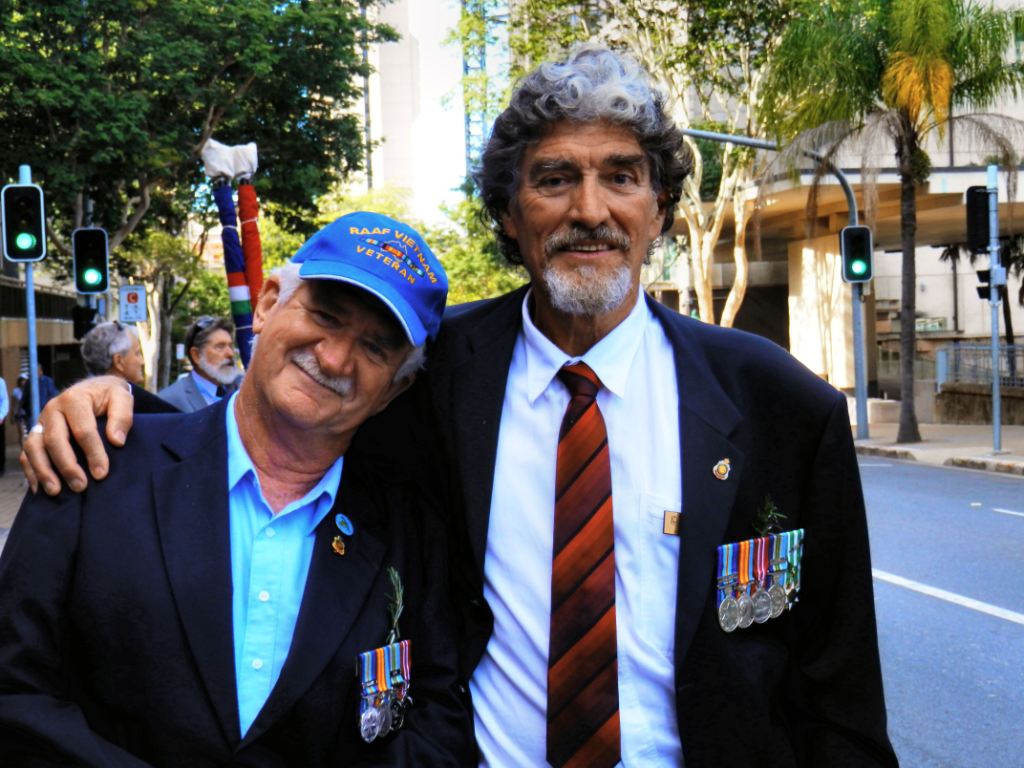
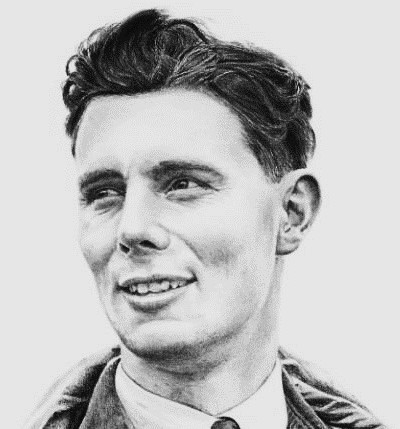
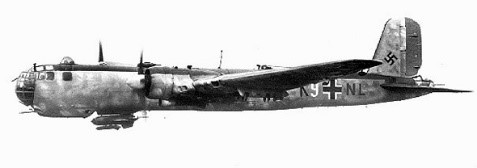 Selsey Bill and shot it down into the sea.
Selsey Bill and shot it down into the sea.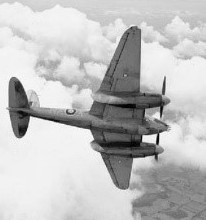 Despite
his wounds he was flying again a few weeks later and he and Watson
destroyed a Junkers 88 off Sicily. By mid-August his tour was over and
he was awarded the DFC for his “great courage and determination”.
Despite
his wounds he was flying again a few weeks later and he and Watson
destroyed a Junkers 88 off Sicily. By mid-August his tour was over and
he was awarded the DFC for his “great courage and determination”.